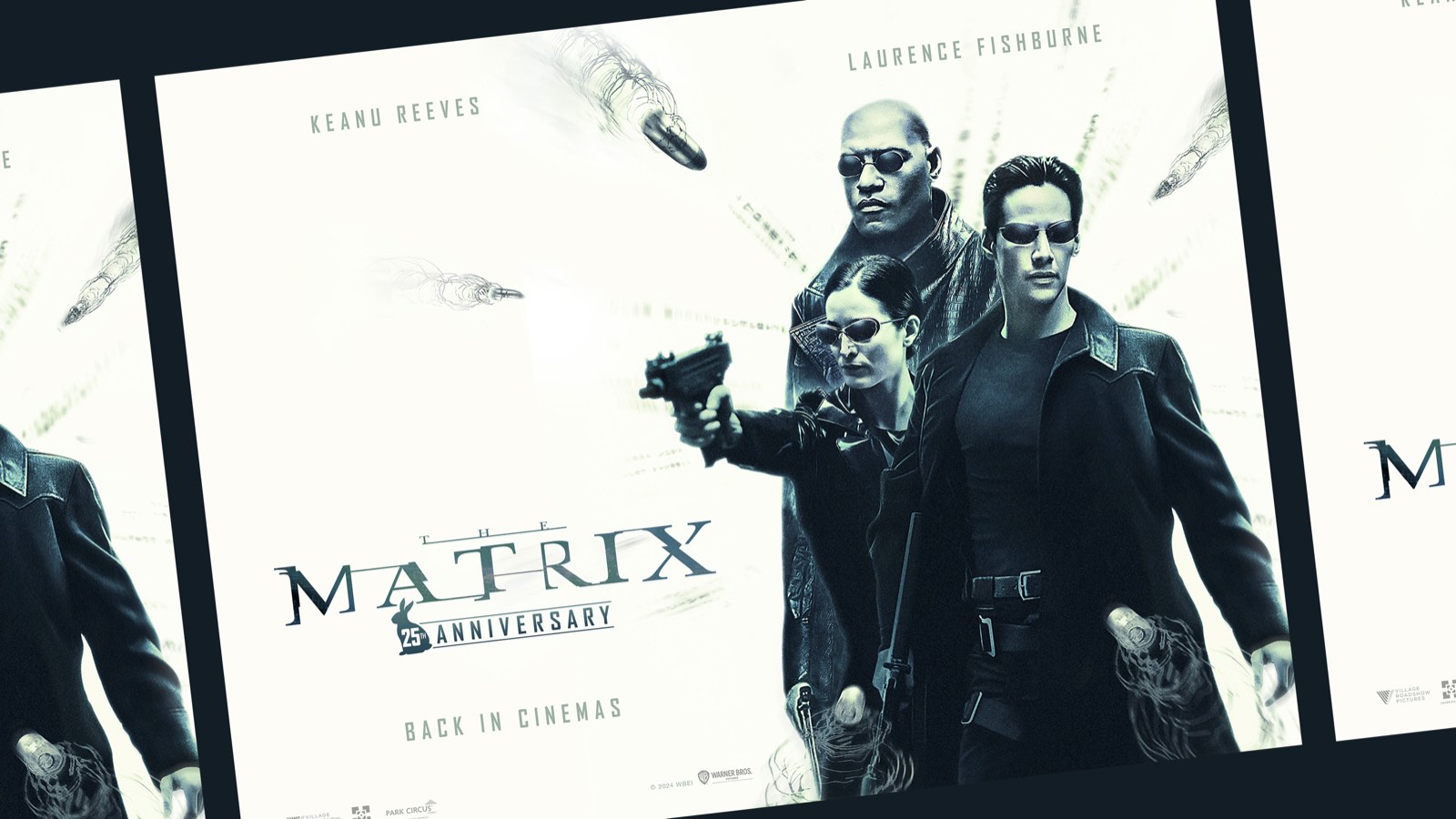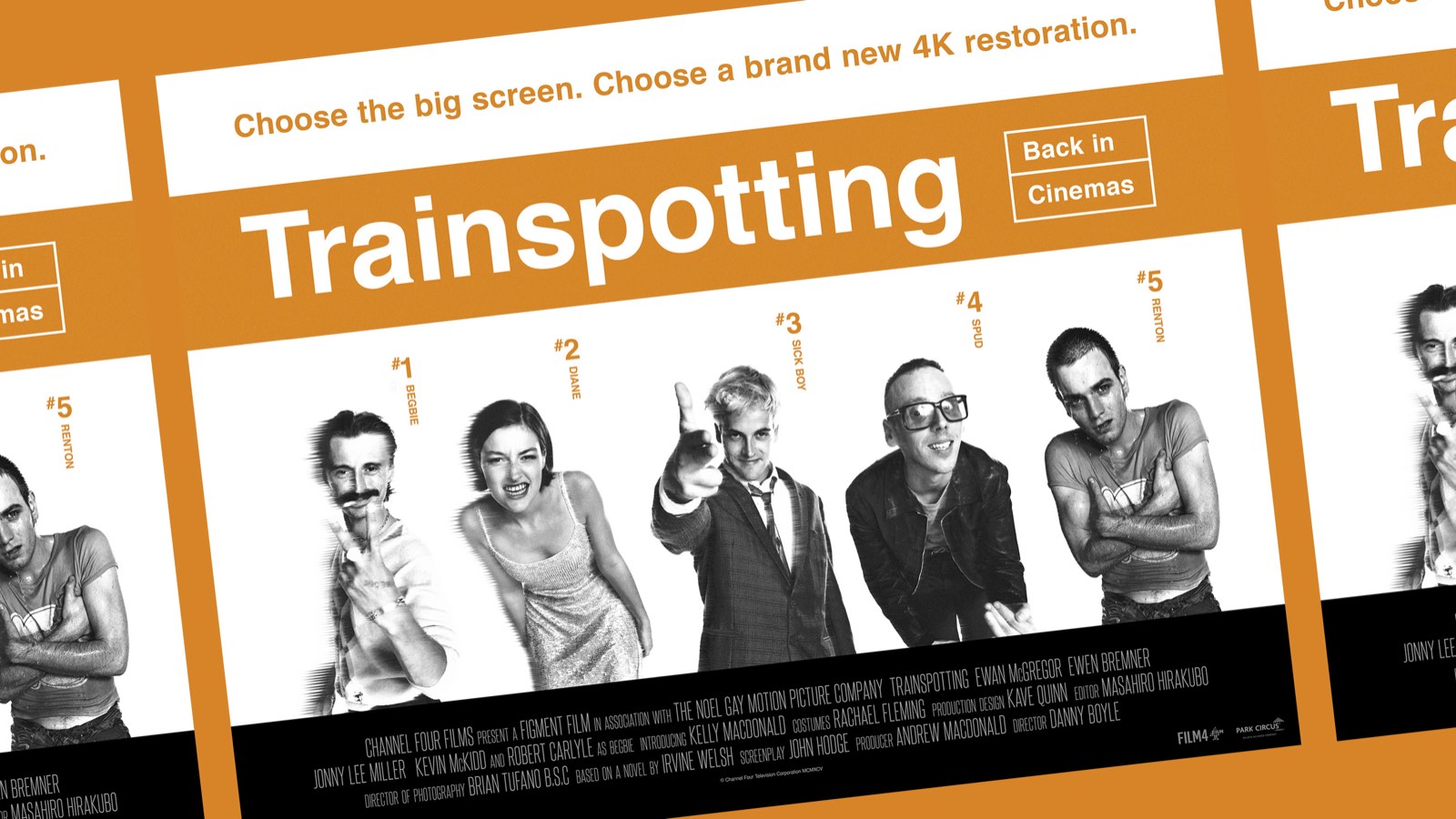
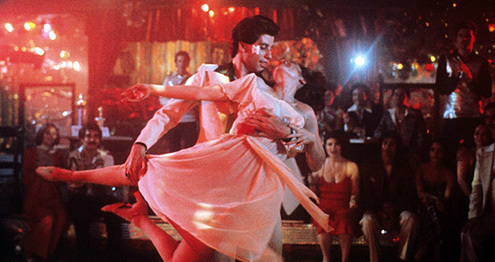
With the arrival of a new 4K restoration of Saturday Night Fever (Director's Cut) in a recently compiled director's cut, we're taking the opportunity to revisit John Badham's captivating account of New York's late-70s disco scene, going beyond the bright lights of the dance floor and tapping into the beat of street life that is the film's underlying - and sometimes unheard - rhythm.
Saturday Night Fever is a film often preceded by its reputation; a crowd-pleasing favourite best remembered for its infectious Bee Gees soundtrack and the choreographed club scenes that were the making of its young star, John Travolta. But, past the glare of the spotlights in 2001 Odyssey, there's a darker tale at work here, and the film pointedly shows us that when the fever of the weekend subsides, an altogether different sickness emerges.
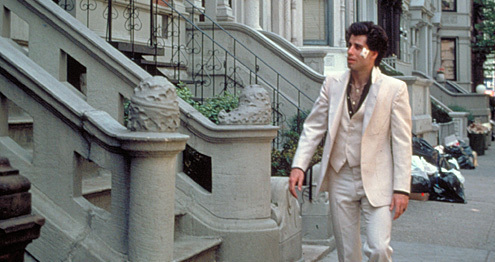
Saturday Night Fever
Though it co-opts the language of the Hollywood musical at points, Saturday Night Fever is resolutely realist at its core - a film grounded in the everyday life of Bay Ridge, Brooklyn and the lives and desires of its inhabitants. As we follow Tony Manero through his neighbourhood, we learn that the escapism disco offers him and his crew is transitory, leaving a bitter aftertaste in the cold light of Sunday morning. More than this, we see that this seemingly vibrant subculture is as synthetic as the polyester shirts of its acolytes; the scene may be a site of liberation for some, but it is still governed by the cultural prejudices of its time: sexism and racism are prevalent, abuse and violence are commonplace.
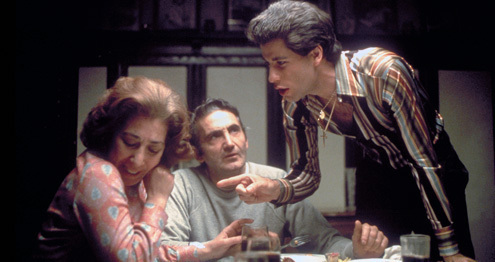
Saturday Night Fever
This ironic counterposing of bon vivant fantasy and blue collar reality colours everything in Bay Ridge, not least Tony's struggle to improve his situation. As the established order crumbles around him - old friends become dead weight, family tensions flare - his aspirations for something new are frustrated when his job hits a dead end and a burgeoning romance fizzles out.
By the close of the film, even his safe haven has been breached. The racial tensions that have been bubbling beneath the surface throughout boil over in the last act, marring what should have been a show-stopping finale and stripping Tony's love of dancing of its purity.
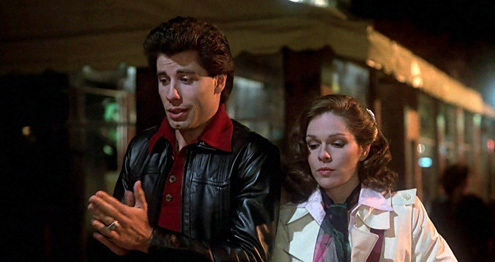
Saturday Night Fever
The hybrid legacy of Saturday Night Fever as both a camp period piece immortalising a rose-tinted vision of the past and as a striking snapshot of a specific socio-cultural moment is testament to its success on both fronts. Travolta's charisma and physicality have an irresistible allure that's perfectly in time with the endorphin-rush soundtrack - but these qualities are coupled with an honesty and sensitivity that rings true, even in the film's moments of discord.
Saturday Night Fever has been restored by the Paramount Pictures Archive with help and support from John Badham. The director's cut includes three short scenes which were removed before any initial release, with their inclusion fully rounding out the film's narrative. The original film negative was scanned at 4K and advanced digital restoration and special effects tools were used to bring the image, shot in an actual disco with limited light, to a level of detail never seen before.


